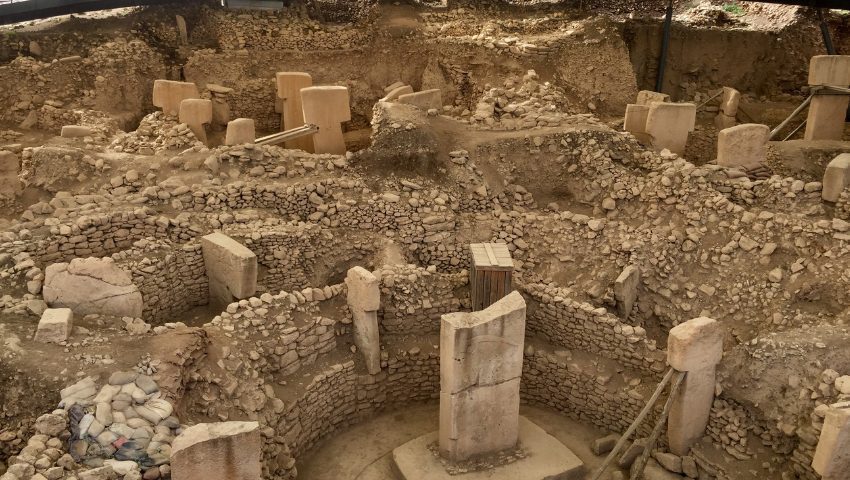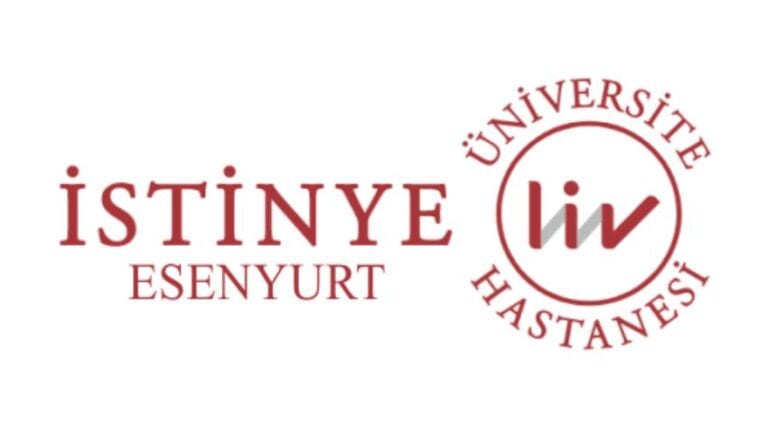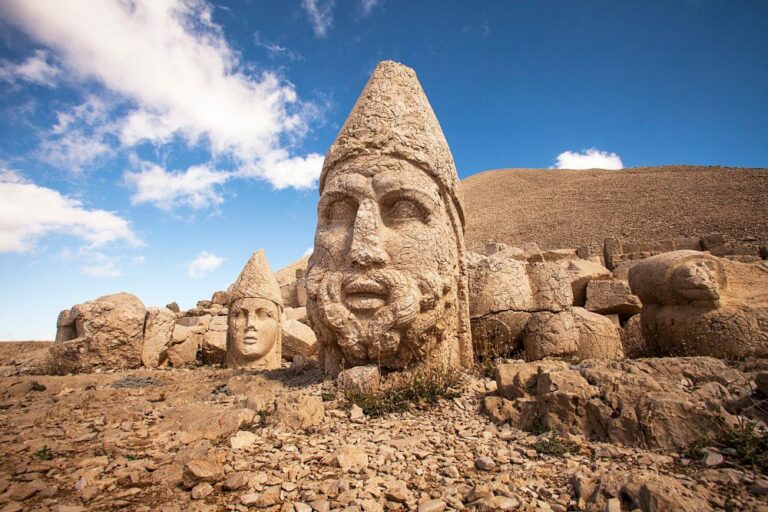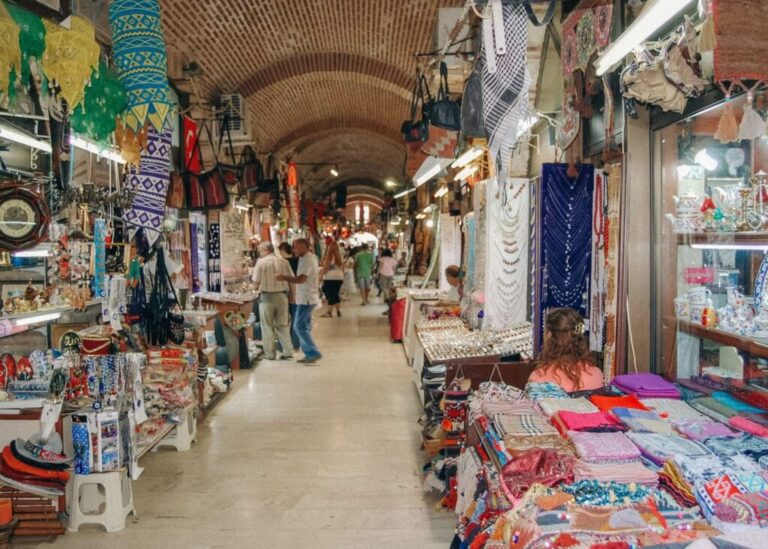Göbekli Tepe: Visiting History’s Zero Point (2026 Guide)
Table of Contents
After living in Turkey for seven years, I thought I understood what “old” meant. You walk past Roman ruins and Byzantine walls daily; they become background noise. But Göbekli Tepe is different. Standing before a structure that is 12,000 years old isn’t just a history lessonit is a complete recalibration of your timeline. To put it in perspective: these pillars were carved roughly 6,000 years before Stonehenge or the Great Pyramids were even a sketch on a papyrus scroll.
Located near Şanlıurfa, Göbekli Tepe is often called the “Zero Point of History” (tarihin sıfır noktası). It doesn’t just add a chapter to our history books; it forces us to tear out the first few pages and rewrite them entirely. When you look at the intricate animal reliefs on these massive limestone pillarscarved by people who supposedly hadn’t even invented metal tools yetyou don’t just see stone. You feel the hair on the back of your neck stand up.

How Was Göbekli Tepe Discovered?
The story of its discovery is a classic case of “hidden in plain sight.” In 1963, researchers from the University of Istanbul and the University of Chicago surveyed the hill. They saw the limestone slabs but dismissed them as the remains of a Byzantine cemetery or a medieval observation post. They walked right over the most significant archaeological find of the modern era and moved on. That mistake kept the secret safe for another three decades.
It wasn’t until 1994 that German archaeologist Klaus Schmidt visited the site. He saw the same stones but immediately realized: This isn’t a graveyard. This is something monumental from the Stone Age. Excavations began in 1995, and the findings sent shockwaves through the archaeological community. Every shovel of earth removed since then has revolutionized our understanding of the Neolithic era.
Why Göbekli Tepe Changes Everything
Why does this specific pile of rocks matter so much? For decades, the standard scientific dogma was linear: Humans invented agriculture first, then settled down in villages, and only then had the resources to build temples and organize religion. Göbekli Tepe flips this theory on its head.
Here, hunter gathererspeople who were supposedly still roaming in small, nomadic bandscame together to build a massive temple complex before they had farms. This suggests that faith and social cohesion came first. The need to feed the massive workforce required to build the temple likely forced them to invent agriculture. In short: Religion didn’t happen because we settled down; we settled down because we needed religion.
So far, six temple circles have been excavated, but ground penetrating radar suggests up to 20 more circles with over 200 pillars are still sleeping beneath the soil. The T shaped pillars, some up to 6 meters tall and weighing tons, are adorned with foxes, scorpions, lions, and vultures. They serve as the oldest known religious artwork in the world.
Netflix, Atlantis, and Graham Hancock
Where history leaves gaps, imagination rushes to fill them. Göbekli Tepe has become a lightning rod for alternative history theories, particularly those involving lost civilizations like Atlantis. The premise is seductive: How could “primitive” hunter gatherers build this? Surely, they must have had help from a lost, advanced civilization.
This angle exploded in popularity thanks to journalist Graham Hancock and his Netflix series, Ancient Apocalypse. Hancock argues that the animal carvings aren’t just art, but an astronomical warning about a comet strike that caused a global deluge. While mainstream archaeologists vigorously dispute these claims, there is no denying that the “mystery” aspect draws thousands of visitors. Whether you believe in a lost ice age civilization or the sheer ingenuity of our ancestors, the precision of these 12,000-year old builders is undeniably haunting.
UNESCO World Heritage Status
The site’s global importance was formalized in July 2018 when it was added to the UNESCO World Heritage List. This isn’t just a plaque on the wall; it ensures the site is protected and preserved for future generations. If you appreciate the deep history of places like Ottoman Jerusalem, seeing the true “start” of monumental architecture here is a spiritual successor to that journey.
Practitioner’s Guide: Visiting Göbekli Tepe (2026 Update)
If you are planning a trip to Southeastern Turkey, perhaps to hike the valleys of Cappadocia or explore biblical sites, Göbekli Tepe is non negotiable. However, the logistics have changed recently. Here is the ground truth for visiting in late 2025 and 2026.
Where is it?
The site sits about 15 to 20 kilometers northeast of Şanlıurfa (locally called Urfa) city center, near the village of Örencik. You will need a reliable map app to navigate the region, so check out our guide on getting a SIM card in Turkey before you gocoverage here is generally good.
Option 1: The Taxi (Fast & Direct)
Taking a yellow taxi from Urfa center is the easiest method, but inflation has made pricing volatile. For 2026, expect to pay between 600 and 800 TL (approx. €16-22) for a one way trip. If you are coming directly from GAP Şanlıurfa Airport, the fare will be closer to 1000 – 1300 TL. Always confirm the price or insist on the meter (taksimetre) before getting in.
Option 2: The Bus (Budget Friendly)
For backpackers, Bus No. 0 connects the city to the site. It departs from the Şanlıurfa Archaeology Museum (near the city center). It’s reliable, cheap, and air conditioned.
- Departure from Museum: Approx. 09:45, 12:45, 15:45 (Subject to seasonal change).
- Return from Göbekli Tepe: Approx. 12:00, 15:00, 17:30.
- Cost: Approx. 20-30 TL (You usually need an UrfaKart or a contactless credit card).
Tickets & Opening Hours
Turkey has pegged museum entrance fees for foreigners to the Euro to combat inflation. While you pay in Lira, the price fluctuates daily based on the exchange rate.
- Entrance Fee: €20 (Payable in Turkish Lira, approx. 750-800 TL). Turkish citizens pay a significantly lower rate or use the MüzeKart.
- Summer Hours (Apr 1 Oct 1): 08:30-19:00 (Last entry 18:30).
- Winter Hours (Oct 1 Apr 1): 08:30-17:30 (Last entry 17:00).
Pro Tip: Visit in the late afternoon, about an hour before closing. Urfa gets scorching hot (40°C+ is common in summer), and the midday sun washes out the details in the stone carvings. The “Golden Hour” light makes the reliefs pop for photos, and most tour buses will have already left.





